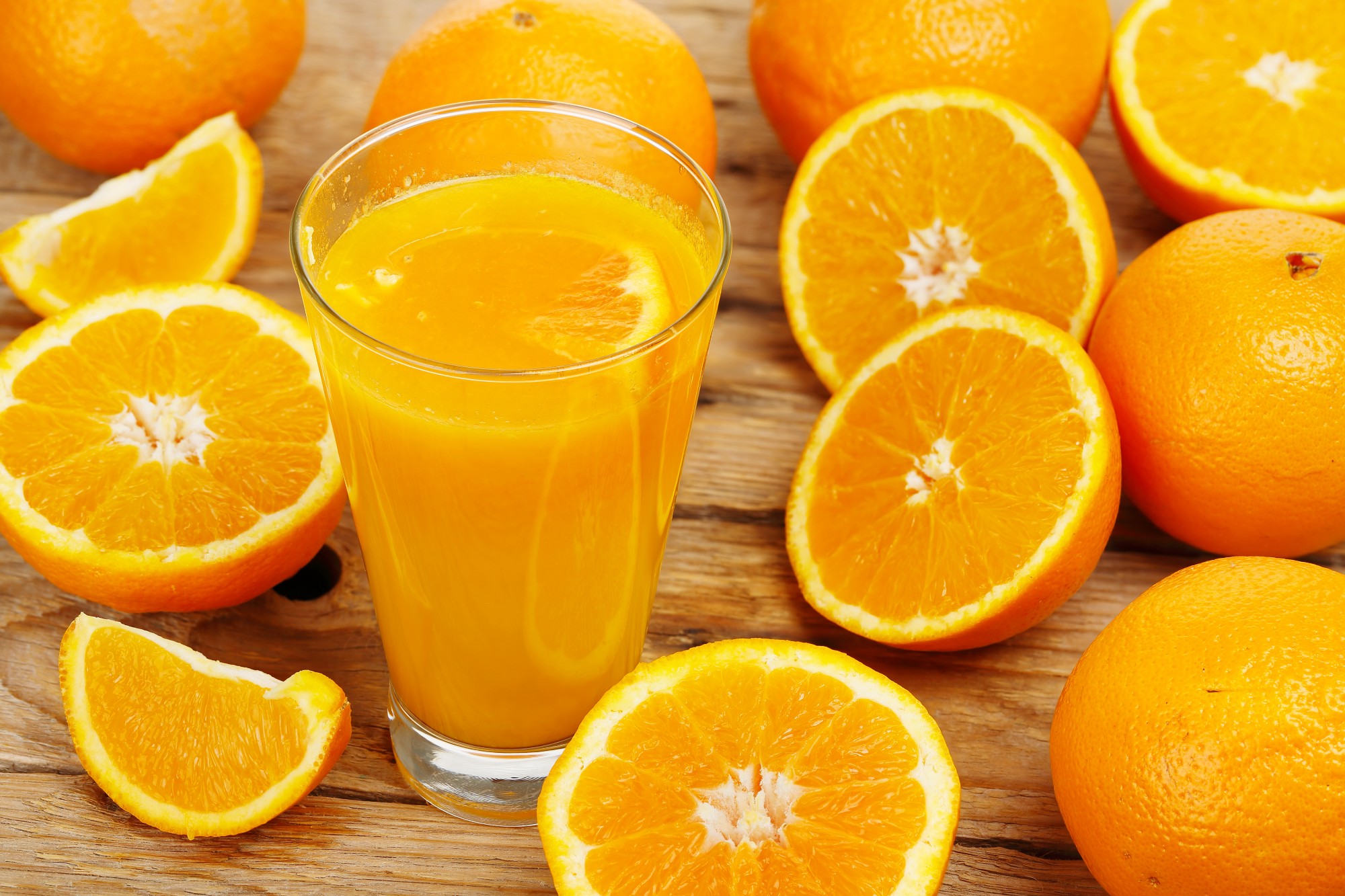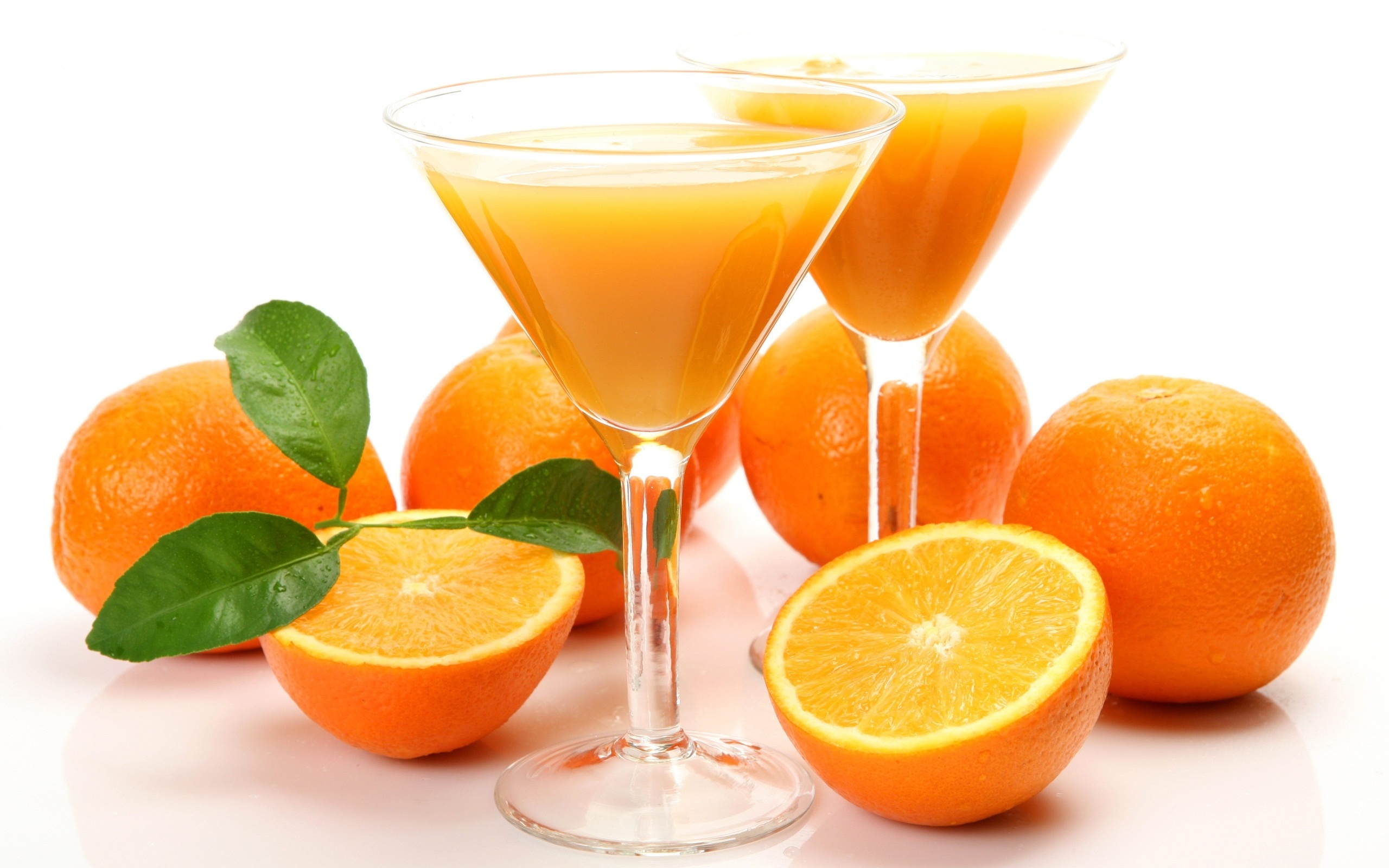Adopt or purchase a dog of any age, and the subject of dog vaccinations is bound to come up in conversation. The person you acquire the dog from is likely to give you a shot record, and your veterinarian will provide a schedule for your pooch to receive more. While it is an unpleasant task for everyone involved, canine vaccinations are necessary for the health of your pet.
How Dog Vaccinations Protect Pet Health
Just like humans, dogs are susceptible to diseases that can pass from dog to dog. Every time your dog is within even a few feet of another dog, he may be exposed to a virus that can make him severely ill or even kill him.
Dog shots should be started during puppyhood, when the dog is most susceptible to disease. Annual boosters are then needed for those vaccines that lose their effectiveness over time.

There are three basic types of canine vaccines:
Modified Live vaccines inject either whole viruses or bacteria into the dog. These viruses and bacteria have been treated to weaken them so the dog does not get sick, but builds up immunity to the disease or bacteria. Killed vaccines use viruses and bacteria that are no longer viable and usually include a component that makes the vaccine more reactive in the dog’s system. Subunit vaccines have become more popular in recent years and are considered safer than the other types, producing fewer side effects. These vaccines use only the needed components of the disease agent, cutting out the unnecessary components that cause the side effects.
Recommended Dog Vaccinations
The American Veterinary Medical Association (AVMA) provides a suggested schedule for canine vaccinations. However, you should always discuss dog shots with your veterinarian to make sure you are complying with local laws and vaccinating against all diseases your puppy could be at risk for.
For puppies, a combination vaccine, which usually includes adenovirus cough and hepatitis, parainfluenza, distemper, and parvovirus, should be given at six weeks, nine weeks, and between twelve and sixteen weeks. The rabies vaccine should be given at twelve weeks of age.
There are some additional canine vaccinations that your veterinarian may recommend, depending on where you live or plan to travel, or if he considers your puppy to be at high risk. These include leptospirosis, coronavirus and lyme. He may also suggest giving an additional parvovirus shot at five weeks if the puppy is considered high risk.

All adult dogs should receive boosters for the rabies vaccine, and your veterinarian may also order boosters for Leptospirosis, Coronavirus and Lyme. Rules vary from state to state on how often these boosters should be given.
If you plan to board, breed or show your dog or otherwise have it in close proximity to other dogs, the AVMA also recommends bordetella (kennel cough) and parainfluenza.
As a pet owner, it is important to educate yourself about the health and safety of your pet. You can check some of the helpful and essential online. You can [/oogle_bot_show][/google_bot_show]click this page so you will be directed to a reliable and reputable website.
Although no one enjoys shots, including your dog, canine vaccines are highly effective in reducing the risk of your pet becoming ill from certain diseases.












